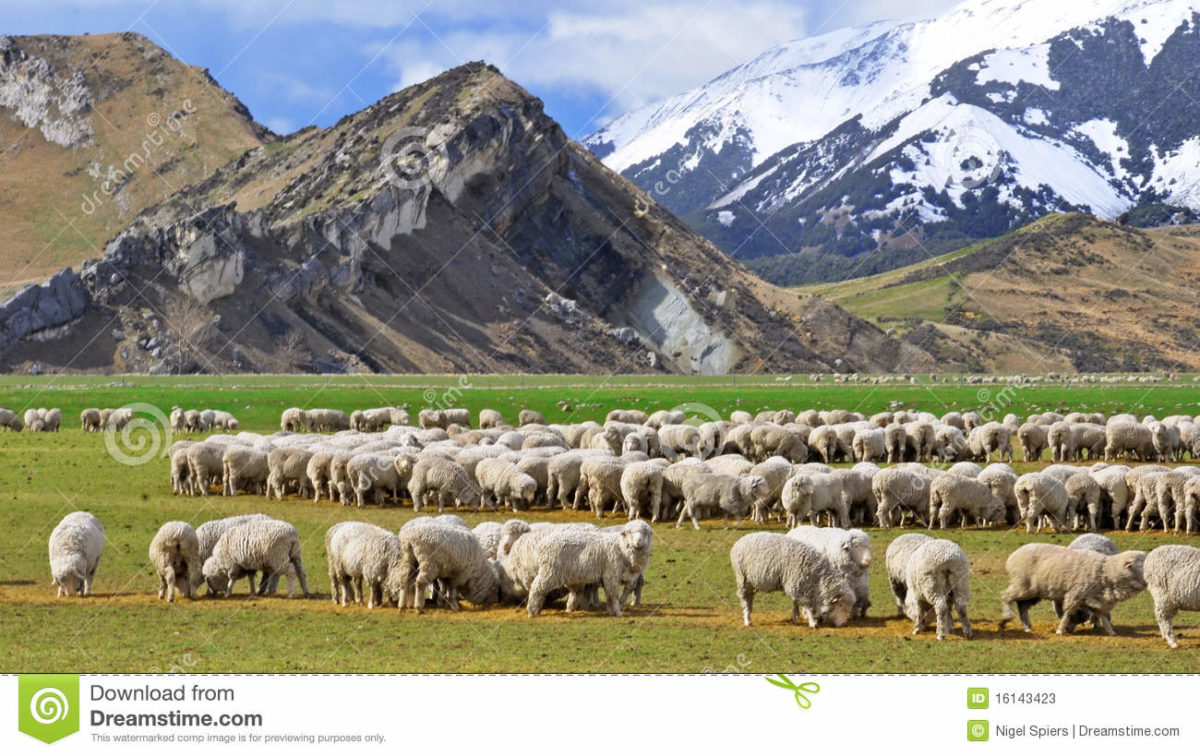Seven Lincoln University PhD students are looking at using benefits from the natural environment to enhance future livestock production systems.
The team of researchers wants to provide better diets and grazing environments for cattle, sheep and deer in the agricultural sector to help improve the animals’ lives.
Lincoln University Livestock Production Professor Pablo Gregorini, who is supervising the students, says the importance of animal welfare cannot be overstated.
“People who pay for meat, and would pay more, want to know the animals have a life worth living.
“These students are putting in a lot of hard work to help provide farmers with nutritional and grazing management tools to enhance their livestock’s good lives as much as possible,” Prof Gregorini says.
PhD student Konagh Garrett, who has a particular interest in nutritional ecology, is looking at how a diverse, varied diet for animals can positively affect welfare and environmental impact, while maintaining or increasing animal production.
“Animals get sick of eating the same thing over and over again and dietary monotony has been shown to cause more stress,” she says. “I’m studying 20 sheep and early signs show that animals on more diverse, varied diets are performing better, eating more and putting on weight.”
She is using sheep and deer as models.
One of Konagh’s fellow PhD colleagues, Matt Beck, is concerned with increasing dietary biochemical diversity for livestock. He is working with Callaghan Innovation and Agriseeds on promoting better health and nutrition for dairy cows, sheep and deer.
“Sheep who were given a biochemical extract have been shown to change their dietary preference and eat a wider variety of plants. This can have implications for animals when designing future diets. We can design animals in utero to create a better relationship between the animal and its diet in future multifunctional landscapes,” Matt says.
Cristian Moreno, whose research focuses on the hill and high country rangelands of New Zealand, is interested in the use of native vegetation for grazing beef cattle.
“The aim of my research is to improve animals’ distribution to ensure a more even grazing of the landscape, to reduce pressure on most fragile habitats, such as riparian areas,” he says. “I want to identify different grazing personalities of Hereford cows by using GPS-tracking collars.”
Ultimately, the aim is to tackle farmers’ concerns about caring for New Zealand’s rangelands while producing natural beef cattle.
“By selecting those animals that naturally explore and graze thoroughly on the mountainous terrain, we will allocate the right animal to the right landscape.
“Better use of landscape increases the performance of animals, enhances rangelands health and provides more ecosystem services for society and the environment.”
Cristian has been granted research funds from the Miss E.L. Hellaby Indigenous Grasslands Research Trust and received support and collaboration from the New Zealand Hereford Association.
Leo Rescia, supported by the deer industry, is also working on developing the idea of the “right animal in the right place”, while Anita Fleming is investigating how the use of fodder beet affects animal welfare, production and systems profitability.
Cameron Marshall is studying a divergent genetic line for a trait in dairy cows that leads to less nitrogen in urine.
“By investigating how this trait is working, I can look at how systems might be better optimised for animals, leading to improved production and a reduced environmental footprint.”
To round out the suite of projects, Professor Gregorini has been working closely with Brandon Dalton from Grasslands LLC in Lees Valley Station.
They are working on new and innovative grazing management in high country stations to capture more carbon and enhance grasslands health.
Source: Lincoln University












